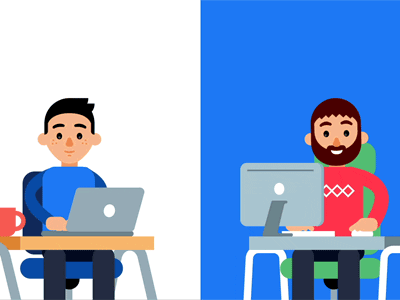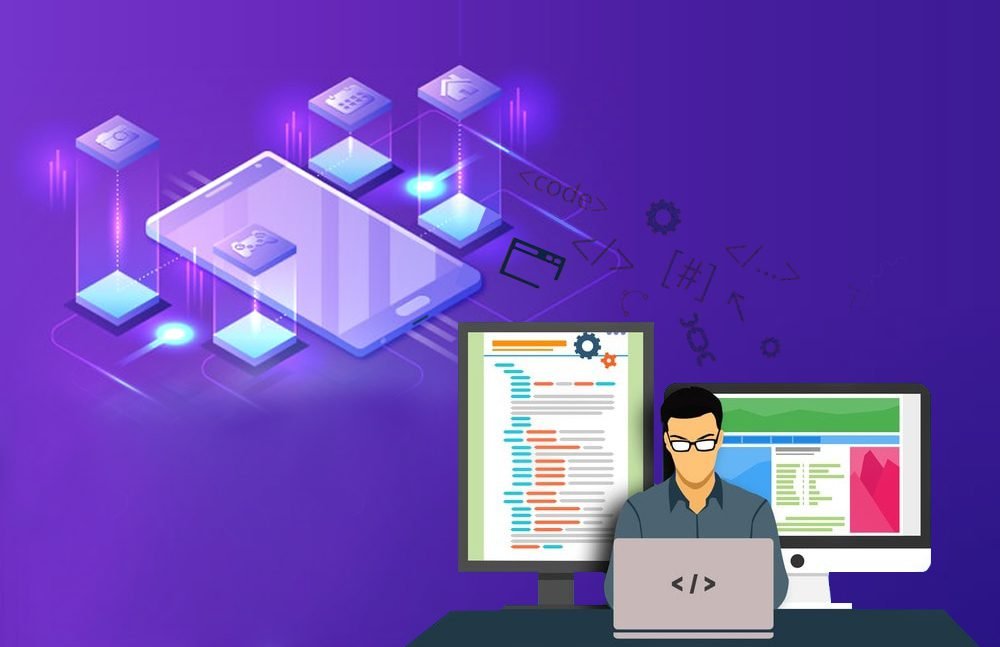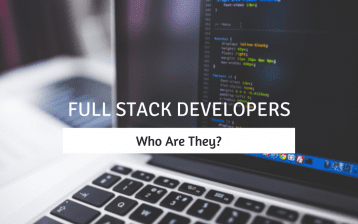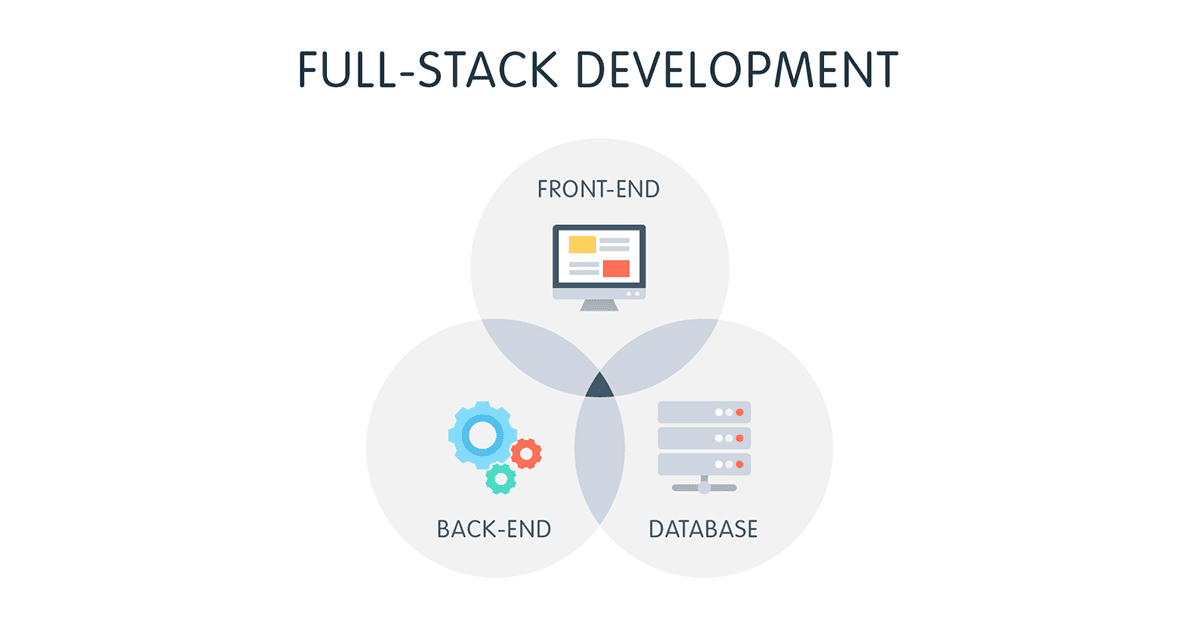What is the career progression of a senior Full-Stack developer?
A full stack developer is an all in one resource in the field of Web-development. These engineers are capable of handling both back-end and front-end operations of a website.
Obviously, it takes years of education and work experience to become a successful full stack developer. This article is about the career progression of a senior full stack developer. Read on to find out.
The Journey to the Top
Not all professionals in this field begin their journey after mastering every aspect of front-end and back-end technologies. But you have to be very keen to perfect your skills throughout the journey. Often, the full stack developers are migrated to this profession from front-end or back-end development.
Even they start from the entry level and move to junior and eventually reaches the seniorcr level full stack engineering. To make this journey quicker, the following traits will help you.
- A strong desire to master full stock technologies.
- Creating applications that speak to customer requirements.
- Spend time to learn from feedback and advice from colleagues.
- Always sharpen your technical skills by learning new programs and stay up to date.
The job growth offered for full stack developers are very high. If you have the right amount of dedication, willingness to learn and perseverance, you can graduate into a more lucrative and respected senior position over time.
Taking a full stack developer course will help you move forward in this career journey and increase your knowledge in the business practices. Since there is a huge number of organizations in need of visually stunning and creative applications, the future for full stack developers is predicted to be bright.
What is Expected from a Senior Full Stack Developer?
As I mentioned earlier, you don’t have to master all the skills required to work as a beginner level developer. But, as your career develops, you are expected to fulfill the following duties.
- Develop and maintain the client side and server side applications.
- Work along with other developers and marketing teams to ensure the necessary feature are included in the project.
- Design tests that can be implemented on software to keep them alive.
- Adapt to expanding technologies and trends.
Where to Go From the Top?
It is clear that working your way up to the of a senior full stack developer can be exciting and challenging. Such a position itself can represent your years of hard work and industry experience. It is quite easy for a senior professional to stay at this hard-earned position for years and enjoy an exhilarating career.
They can utilize their fluency in both front-end and back-end coding to mentor junior members of the project team. If they wish to move to some other compatible job roles, plenty of opportunities are available there too. The most significant roles they can take on are senior software engineers and principal software developers. In these roles, they can lead their teams to design and deploy applications that can guide an entire organization.
In the opinion of experts, full stack engineers will continue to be a profession in high demand for the upcoming years. The growth of businesses that rely on a strong web presence is going to positively affect this field.
If you find it interesting and matching your career dreams, start working towards it as soon as possible. Joining a full stack developer tutorial will help you start your journey on the right foot.










